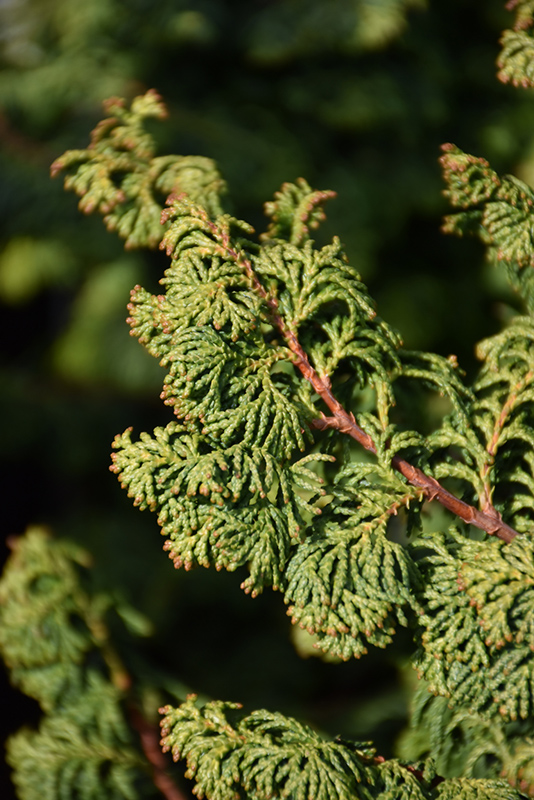Little John Hinoki Falsecypress
Description
This outstanding dwarf forms an irregular, upright shape with a combination of foliage types, tight sprays, along with some that are longer and more open; bronze winter tones add interest
Landscape Attributes
Little John Hinoki Falsecypress is a dense spreading evergreen shrub with a mounded form. Its relatively fine texture sets it apart from other landscape plants with less refined foliage.
Little John Hinoki Falsecypress is recommended for the following landscape applications;
Planting & Growing
Little John Hinoki Falsecypress will grow to be about 6 feet tall at maturity, with a spread of 4 feet. It tends to fill out right to the ground and therefore doesn't necessarily require facer plants in front, and is suitable for planting under power lines. It grows at a slow rate, and under ideal conditions can be expected to live for 40 years or more.
This shrub does best in full sun to partial shade. It prefers to grow in average to moist conditions, and shouldn't be allowed to dry out. It is not particular as to soil type or pH. It is highly tolerant of urban pollution and will even thrive in inner city environments, and will benefit from being planted in a relatively sheltered location. Consider applying a thick mulch around the root zone in winter to protect it in exposed locations or colder microclimates. This is a selected variety of a species not originally from North America.
Little John Hinoki Falsecypress makes a fine choice for the outdoor landscape, but it is also well-suited for use in outdoor pots and containers. Because of its height, it is often used as a 'thriller' in the 'spiller-thriller-filler' container combination; plant it near the center of the pot, surrounded by smaller plants and those that spill over the edges. It is even sizeable enough that it can be grown alone in a suitable container. Note that when grown in a container, it may not perform exactly as indicated on the tag - this is to be expected. Also note that when growing plants in outdoor containers and baskets, they may require more frequent waterings than they would in the yard or garden.

